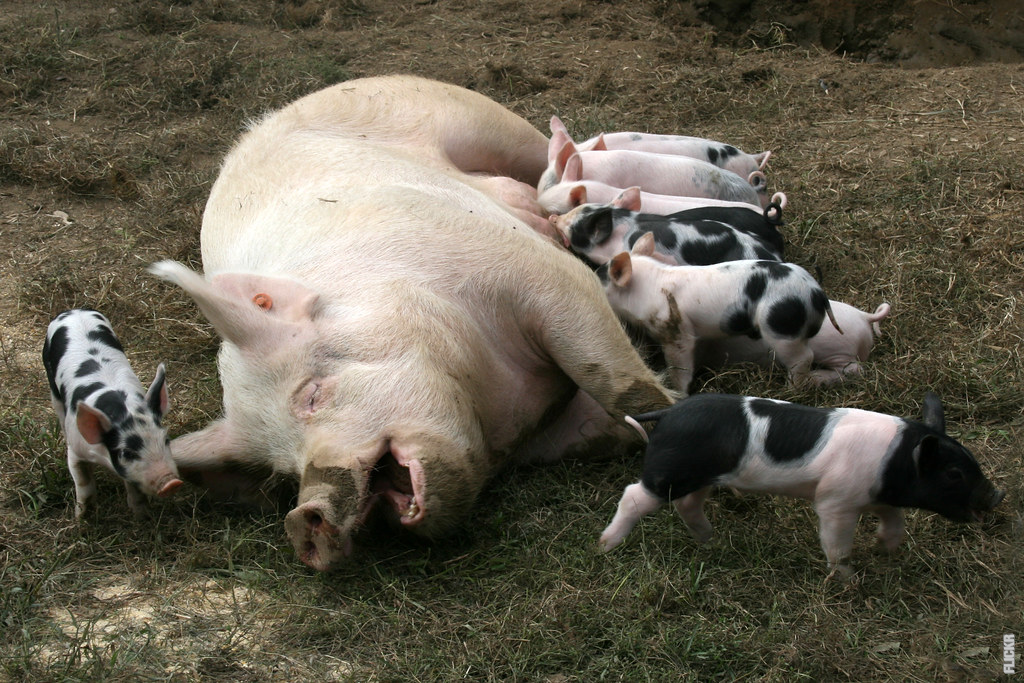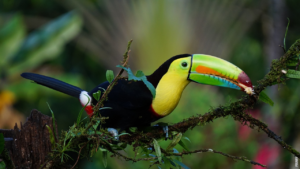The Art and Science of Plant Crossbreeding
Plant crossbreeding, a technique that has been used for centuries, is undergoing a modern-day revolution in the field of agriculture. This age-old practice involves combining the genetic traits of different plant varieties to create new and improved hybrids. The results are remarkable, leading to higher yields, enhanced disease resistance, and improved nutritional content. Join us as we delve into the fascinating world of plant crossbreeding and discover how it is shaping the future of agriculture.
Unleashing Nature’s Diversity
One of the fundamental principles of plant crossbreeding is harnessing the immense diversity found in the plant kingdom. From the countless varieties of fruits and vegetables to the vast array of grains and legumes, plants offer a treasure trove of genetic potential. By carefully selecting parent plants with desirable traits such as drought tolerance or pest resistance, breeders can create offspring that combine the best of both worlds.
The Art of Pollination
At the heart of plant crossbreeding lies the art of pollination. Breeders meticulously transfer pollen from the male reproductive organs of one plant to the female reproductive organs of another, ensuring that the desired genetic traits are passed on. This delicate process can be done manually, using a fine brush or tweezers, or with the help of insects, birds, or wind. It requires patience, precision, and a deep understanding of plant biology.
From Mendel to Modern Genetics
Plant crossbreeding owes much to the pioneering work of Gregor Mendel, the father of modern genetics. In the mid-19th century, Mendel conducted groundbreaking experiments with pea plants, uncovering the principles of inheritance. His discoveries laid the foundation for the science of genetics and paved the way for the development of sophisticated breeding techniques used today. Combining Mendel’s principles with modern genetic tools, scientists can now identify specific genes responsible for desirable traits and introduce them into new plant varieties.
Agricultural Revolution in the Making
The impact of plant crossbreeding on agriculture cannot be overstated. By creating hybrids that are more resilient to pests, diseases, and environmental stresses, farmers can reduce their reliance on chemical pesticides and fertilizers. This not only benefits the environment but also enhances the quality and safety of our food. Additionally, crossbreeding allows for the development of crops with improved nutritional profiles, addressing global challenges such as malnutrition and food insecurity.
Post
Post
Looking Ahead
As technology continues to advance, the future of plant crossbreeding holds even greater promise. Cutting-edge techniques such as gene editing and molecular breeding are revolutionizing the field, offering unprecedented control over the plant’s genetic makeup. This opens up new possibilities for creating crops with enhanced traits, such as increased yield, enhanced flavor, and extended shelf life. The potential to tackle pressing agricultural issues, such as climate change and population growth, has never been greater.
In conclusion, plant crossbreeding is a powerful tool that marries art and science, unleashing the immense genetic diversity found in nature. Through careful pollination and the application of modern genetic knowledge, breeders are revolutionizing agriculture. The future holds exciting prospects as we continue to explore and unlock the full potential of plant crossbreeding in our quest for a more sustainable and food-secure world.



